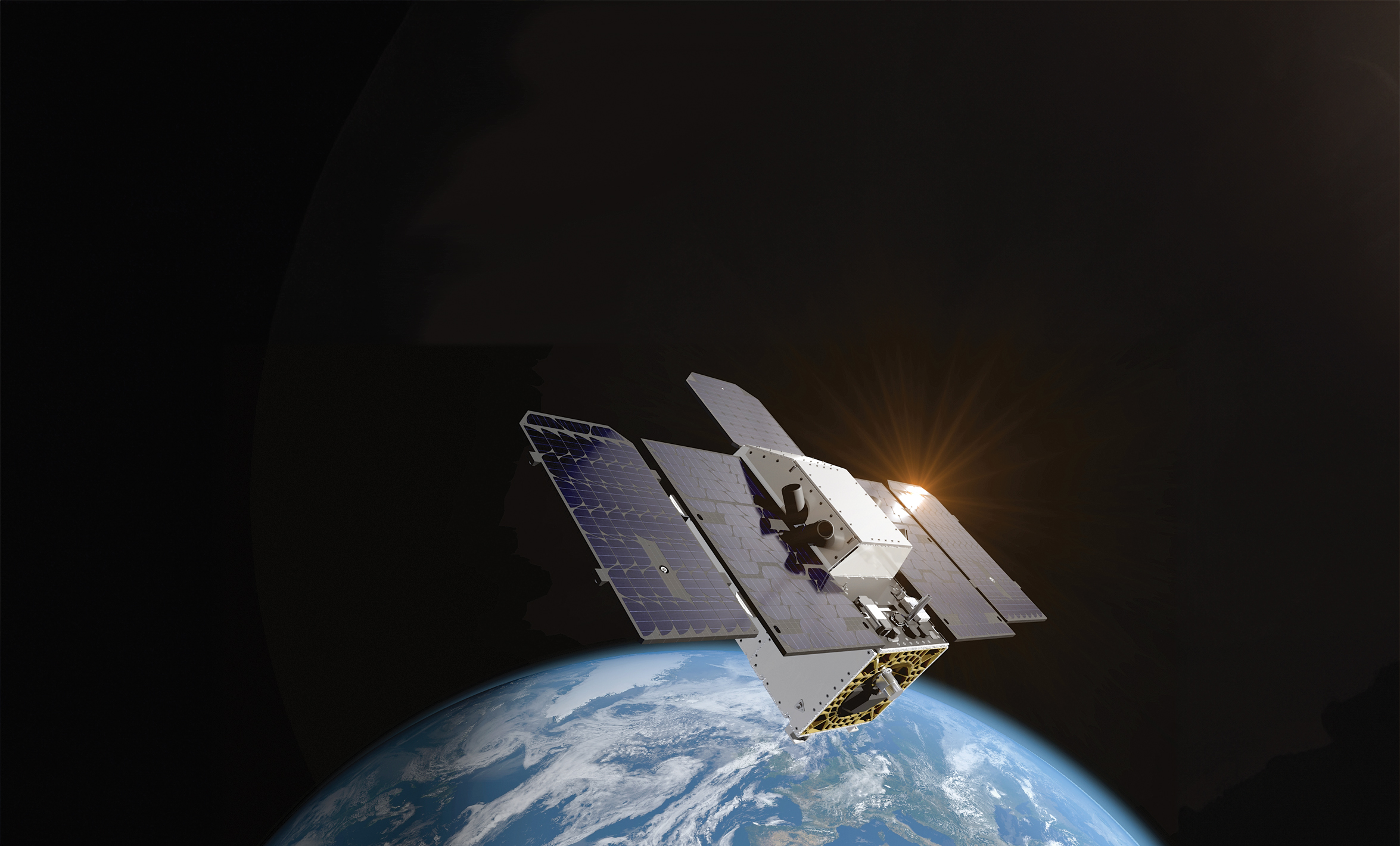Future, Now: Planetary Health Innovations in Action
From satellites to revamped supply chains, creative solutions offer hope in a world full of challenges.
Pollution, climate change, biodiversity loss, and other hallmarks of the Earth crisis have a single origin: human ingenuity.
Fortunately, this impressive characteristic of Homo sapiens is also being applied to creating solutions to the problems we’ve created. In China, massive solar panel arrays not only produce electricity, they cool the waters of shrimp farms leading to higher yields. Satellites can now pinpoint sources of methane and carbon dioxide with astounding precision. And smarter distribution systems can reduce greenhouse gas emissions (and save money).
The Earth crisis demands not only structural changes in societies and economies, but a host of innovative solutions—which humans are particularly adept at producing.

Power Plus
Solar panels in Dongying City, China, do more than generate 260 gigawatt hours of energy per year (power for 113,000 households). Perched above a shrimp fishery, the panels throw shade that cools water temperatures by 2°–3°C, per the World Resources Institute. Cooler water increases shrimp and sea cucumber yields by 50%.

Remote Sensor
Pinpointing the sources of carbon dioxide and methane emissions is an important step toward eliminating such threats. The Carbon Mapper Coalition’s Tanager-1 satellite, which was launched in August, is the first of an expected web of satellites that will surveil the Earth for “super emitters” like oil and gas wells, landfills, etc.

Smart Shipping
Beginning in 2019, the U.S. President's Malaria Initiative completely revamped its distribution strategy. Air freight of rapid diagnostic tests, antimalarial medicines, and other products was replaced by ocean and land freight. The project saved $66 million and reduced transportation-related GHG emissions by 85%.
